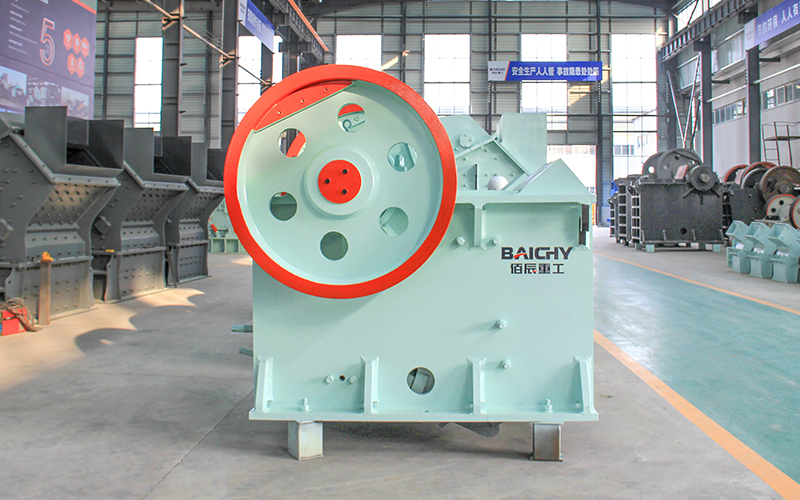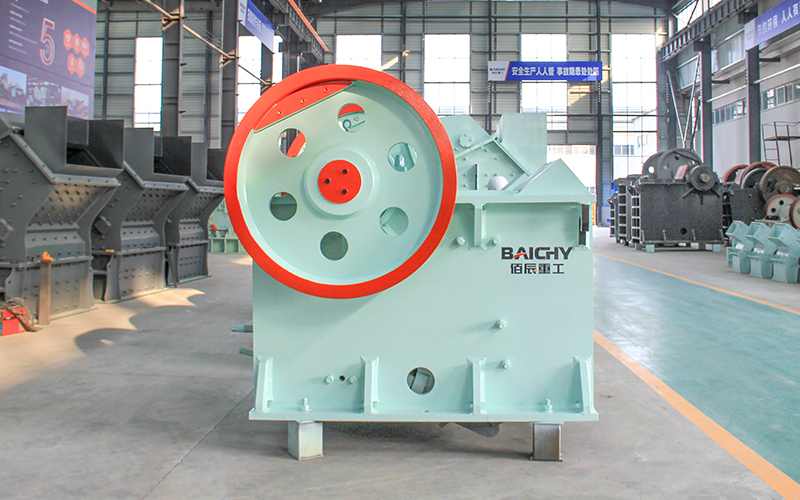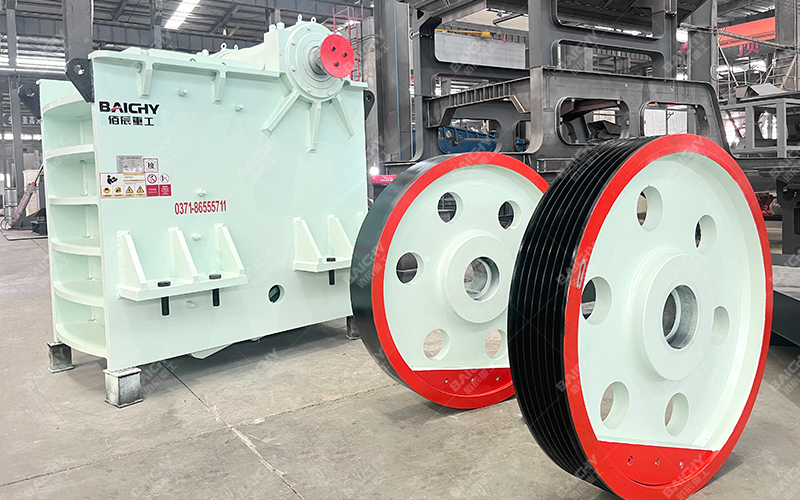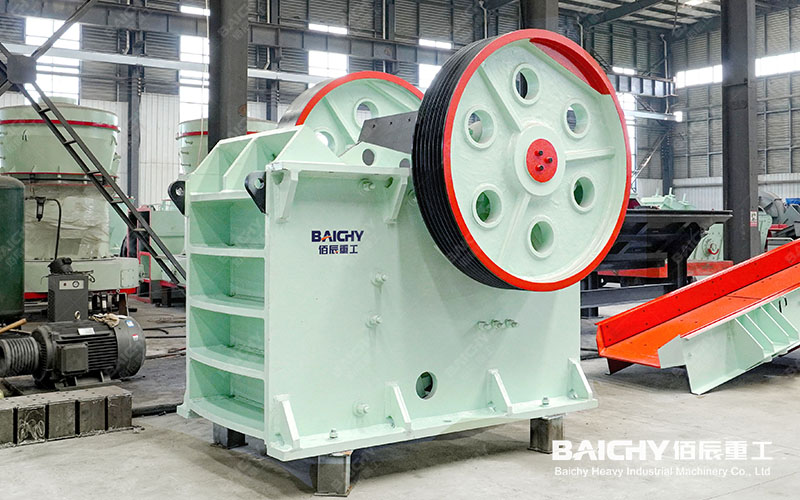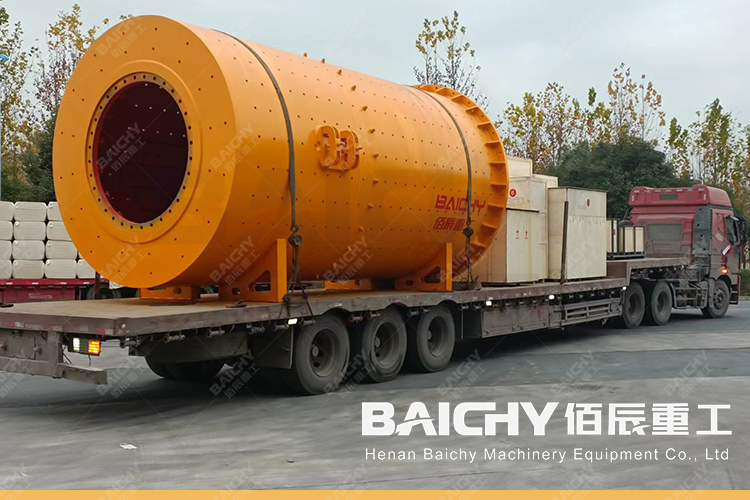
The coal mill is an important auxiliary equipment for the pulverized coal furnace. It is mainly used to crush the coal blocks and grind them into pulverized coal. Based on the information in the reference article, coal mills can be divided into three main types:
1. Low-speed coal grinder:
• Main types: drum-type steel ball coal mill, generally referred to as steel ball mill or ball mill.
• Structural features: It is a rotating cylindrical or tapered drum at both ends, with steel balls inside. The rotation speed of the drum is 15 to 25 rpm.
• Working principle: During operation, the steel balls in the cylinder continuously hit and squeeze the coal, grinding the coal into pulverized coal. Then the hot air passed into the drum dries the coal and sends the pulverized coal out. After being separated by the separator, the pulverized coal of a certain particle size is sent to the pulverized coal bin or directly to the pulverized coal burner.
• Advantages and Disadvantages: It has a wide adaptability to coal types, reliable operation, and is especially suitable for grinding hard anthracite coal. However, the equipment is bulky, has high power consumption, and is noisy.
2. Medium speed coal grinding machine:
• Speed range: 50~300 rpm.
• Main types: Common ones include flat disc mill, bowl mill, E-type mill, and roller mill.
• Structural features: The grinding part consists of two groups of grinding bodies that move relative to each other.
• Working principle: The coal is squeezed, ground, and crushed between the surfaces of the two groups of grinding bodies. At the same time, the hot air flowing into the coal mill dries the coal and sends the pulverized coal to the separator in the upper part of the grinding area. After separation, the pulverized coal of certain particle size is brought out of the mill with the airflow, and the coarse-grained pulverized coal returns to the grinding area for regrinding.
• Advantages and Disadvantages: It has significant advantages such as compact equipment, small footprint, low power consumption (about 50-75% of steel ball coal mill), low noise, and relatively light and sensitive operation control; however, the structure and manufacturing are complicated, and the maintenance cost is relatively high. It is large and not suitable for grinding harder coal.
3. High-speed coal grinding machine:
• Speed range: 500~1500 rpm.
• Main types: Common ones include fan mill and hammer mill.
• Structural features: Mainly composed of high-speed rotor and grinding shell.
• Working principle: The coal blocks are crushed due to the high-speed impact of the high-speed rotor and the collision with the grinding shell, as well as the collision between the coal blocks. This kind of coal mill and pulverized coal separator form a whole, with a simple and compact structure.
• Advantages and Disadvantages: It is especially suitable for grinding high-moisture lignite and bituminous coal with high volatile content and easy grinding. However, due to large wear and tear, the fan mill has a shorter continuous operation time than other coal mills and is not suitable for grinding hard coal.
To sum up, different types of coal grinders have their own characteristics and application scenarios, and users can choose the appropriate type of coal grinder according to their actual needs.




